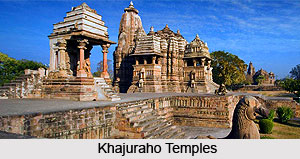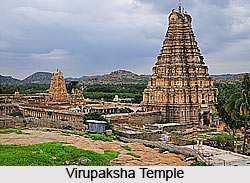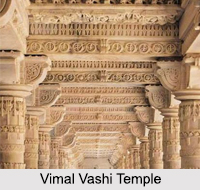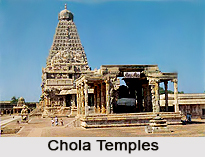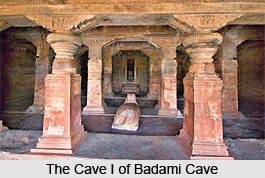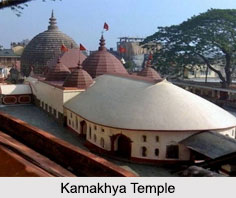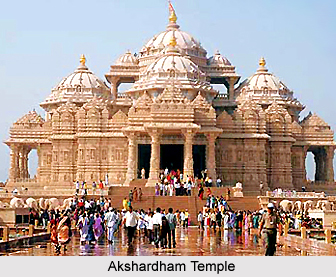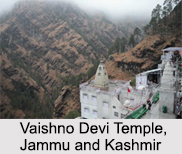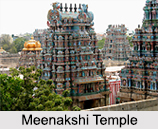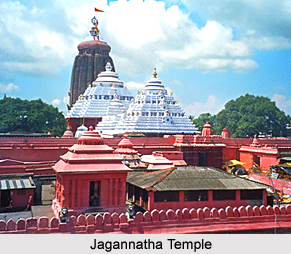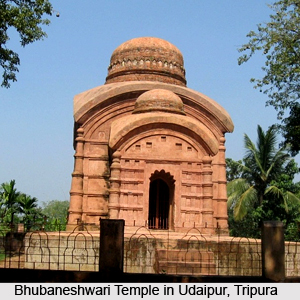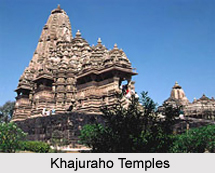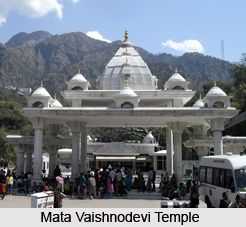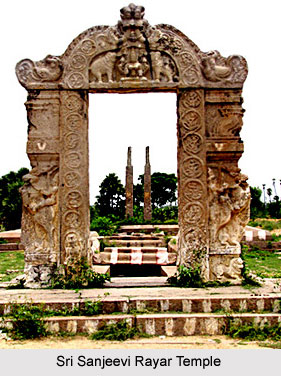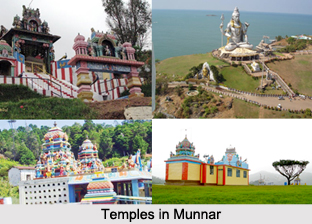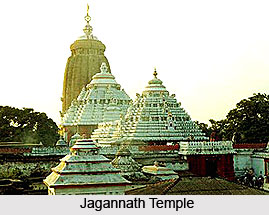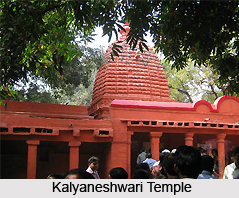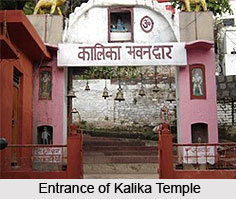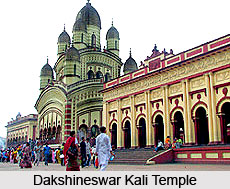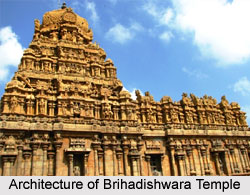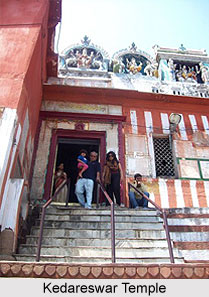 Temple of Kedareswar - also known Kedarnath, located in Varanasi, is a famous pilgrimage centre. It is a large temple that rises from the banks of River Ganges. The temple has been constructed in the centre of a spacious court. There are four temples adorned with domes erected in the four corners. The temple is visited by many pilgrims who offer their worship here at the feet of the Lord and receive his blessings.
Temple of Kedareswar - also known Kedarnath, located in Varanasi, is a famous pilgrimage centre. It is a large temple that rises from the banks of River Ganges. The temple has been constructed in the centre of a spacious court. There are four temples adorned with domes erected in the four corners. The temple is visited by many pilgrims who offer their worship here at the feet of the Lord and receive his blessings.
Legend of Temple of Kedareswar
According to the legend of temple of Kedareswar, a gentleman had once performed the thread ceremony of his son Vashisht, in Ujjain. The young boy was very religious and regularly worshipped the Lord. He often visited Kedareswar Temple along with his Guru. There they offered worship to the Lord of Kedareswar. Once to their way to the temple the Guri died. As the Guru has always been associated with good deeds he got a place in Mount Kailas. The boy Vashisht who was then just 12 years old came to know that those who visited Kedareswar are blessed. He went and settled down in Kashi and on all Chaitra months he visited the temple. He continued this for almost 61 years. Later as he grew old it became impossible for him to travel long distance. So he requested Lord Shiva to appear in Kashi. The Lord, overwhelmed with his devotion, blessed him and granted his wish. He appeared as Kedareswar at Kashi.
Architecture of Temple of Kedareswar
The Temple of Kedareswar has been beautifully carved and looks very appealing. It has been built in the centre of the quadrangle and is surmounted by a dome. The entrance to the temple is situated on its eastern side. A broad path from here leads down to the Ganges. The outer walls of the temple are very like the ceiling of the court. All the walls of the court and passages, as well as the pillars of the inner verandah have been painted red and white. The main door of the temple of Kedareswar is kept closed. During this time worshippers need to remain outside until it doors are re-opened. At the entrance two black stone statues can be seen standing on either side carved in bass relief and six feet in height. Each of these figures has four hands. In one hand they are seen holding a trident, in the second they hold a club, in the third hand a flower, while the fourth hand is kept empty. It has been raised with one finger kept extended as if prohibition or warning the people entering the temple.
There is a door that passes between the statues. It leads to the interior of the shrine. In the outer framework of the temple there are sixty-seven small lamps that are lighted up with oil every evening. The idol of Lord Kedareswar is installed with in the temple. It is represented simply by a stone, the emblem of Lord Shiva. Kedar is a sacred place in the Himalaya Mountains. Shiva, it is believed, resided there; and hence is called Kedareswar or Kedarnath.
Apart from the main idol there are many other idols here such as Lord Lakshminarayan, Lord Bhaironath, Lord Ganesha, and Goddess Annapurna. An inscription can be seen here in Bengali and Hindi characters inscribed upon the wall of the passage leading to the ghat. It describes about the glory of Kedareswar. The ghats can be reached by climbing down the stairs from the eastern wall of the temple. Upon its staircase are several other small shrines. A well has also been constructed at its base in the shape of a parallelogram. It is known as Gauri kund.
